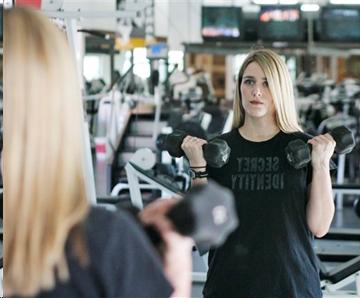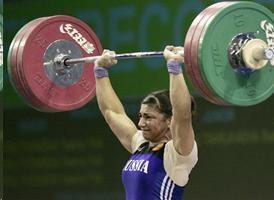Chapter 3
Table of Contents
- Chapter 3: Principals of Physical Fitness Development
- Objectives
- Physical Activity Recommendations for Health
- For Even Greater Health Benefits
- Physical Activity Guidelines
- MyActivity Pyramid
- MyActivity Pyramid (2)
- Physical Fitness Definition - Review
- Components of Health-Related Physical Fitness
- Components of Health-Related Physical Fitness (2)
- Components of Health-Related Physical Fitness (3)
- Components of Skill-Related Physical Fitness (1)
- Components of Skill-Related Physical Fitness (2)
- Components of Skill-Related Physical Fitness (3)
- Principles of Training (1)
- FITT Formula
- Principles of Training (2)
- Principles of Training (3)
- Designing Your Exercise Program (1)
- Designing Your Exercise Program (2)
- Sources
Text and Images from Slide
Components of Health-Related Physical Fitness (2)
- II. Muscular strength
- Is the amount of force a muscle or muscle group can exert with a single maximum effort.
- III. Muscular endurance
- Is the ability of a muscle or muscle group to exert repeated force against a resistance or sustain muscular contraction for a given period of time.


